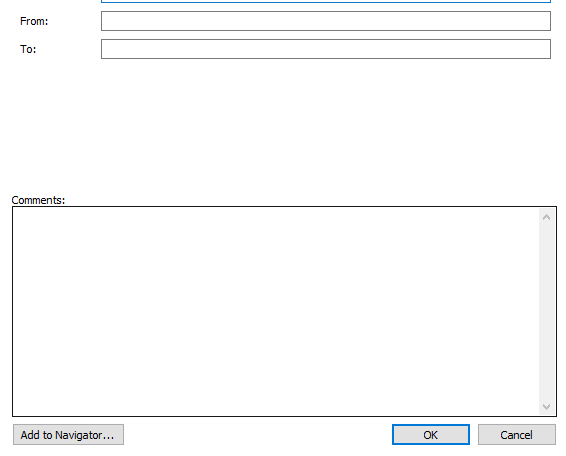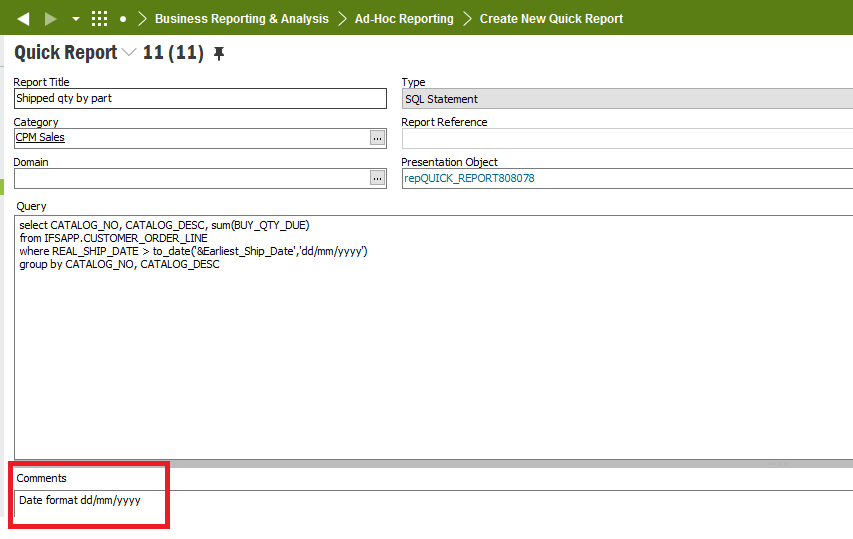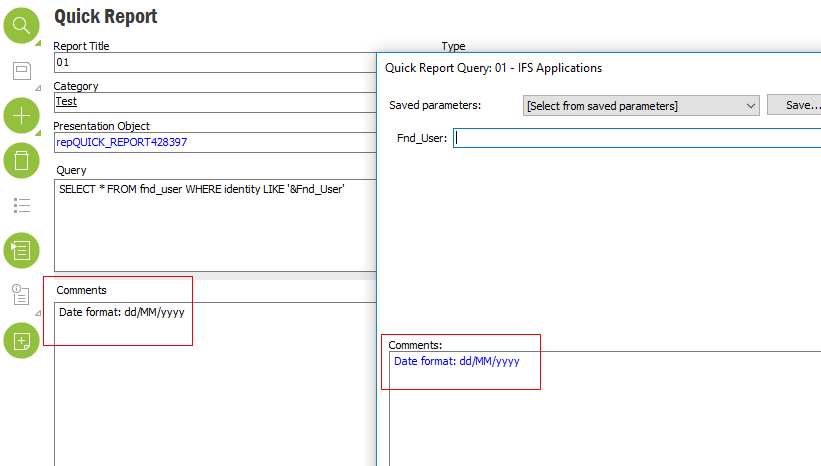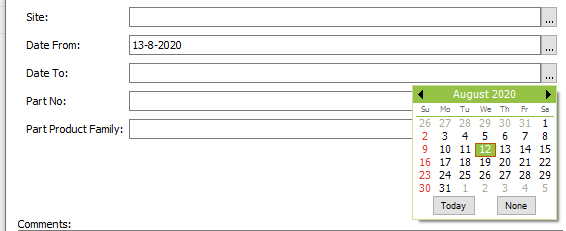Hi,
In Quick Report, I have to get data FromDate to ToDate using a DateTime column
I used this:
WHERE o.REAL_FINISHED BETWEEN TO_DATE('&From_dd/mm/yyyy','dd/mm/yyyy') AND TO_DATE('&To_dd/mm/yyyy','dd/mm/yyyy')
I’m getting when we go to view report

It works fine
When I export data I’m getting this error: Excel Plugin Error: Undefined bind variable 'from_dd' in Excel file
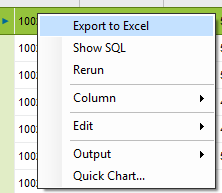
Any idea how to sort this issue?





